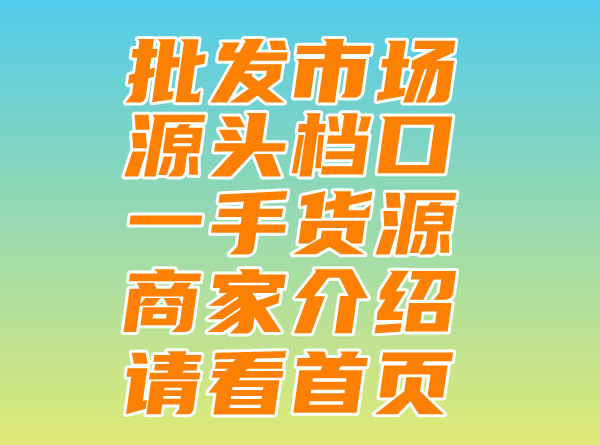How to Identify Fake Designer Bags (A Guide to Spotting Fake A-Grade Bags)
How to Identify Fake Designer Bags (A Guide to Spotting Fake A-Grade Bags),
How to Identify Fake Designer Bags (A货包鉴别指南)
In today's fashion industry, high-end designer bags are highly sought-after. Unfortunately, this popularity has led to an increase in the sale of counterfeit or "A货" bags, which often bear little resemblance to the genuine article. Therefore, it's essential for consumers to understand how to identify these fakes to avoid spending hard-earned money on inferior products.One of the primary ways to distinguish genuine designer bags from fakes is through the quality of materials used. Genuine bags are typically crafted using high-quality leather or other premium materials that are durable and have a distinct feel. When examining a bag, look for signs of poor quality, such as uneven stitching or loose threads. Fake bags often use inferior materials that may feel cheap or plastic-like.
Additionally, it's important to inspect the logo and branding details. Designer labels often have intricate logos that are distinctive and consistently replicated in genuine bags. Compare the logo on the bag you're considering with images of genuine examples online or in-store. Look for any discrepancies in shape, color, or placement. Counterfeit manufacturers often struggle to replicate these finer details accurately.
Another crucial aspect is the price. Designer bags typically have set price points that are well known in the industry. If a bag is being sold at a significantly lower price than usual, it could be a fake. However, it's important not to solely rely on price as some genuine bags may be discounted for various reasons. Therefore, it's always best to shop from trusted sources and sellers with a good reputation.
Moreover, checking for authentication labels or certificates is essential. Some designers provide their own authentication methods such as serial numbers, holograms, or tags with unique codes that can be verified online. Take advantage of these features to ensure the authenticity of your bag.
Lastly, trust your instincts. If something seems too good to be true, it likely is. Use your common sense and exercise caution when purchasing from unknown sources or marketplaces that have a history of selling counterfeit goods. If you're still uncertain about the authenticity of a bag, consider seeking advice from an expert or returning the item for a more reliable purchase.
In conclusion, buying genuine designer bags requires attention to detail and knowledge of the brands you're interested in. By examining the materials, logos, price, authentication labels, and trusting your instincts, you can avoid falling victim to counterfeit goods and ensure you invest in a quality product that will last.

- Is the A-Grade Lv Backpack Costing 1400 Too Expensive?
- "A2 Milk Pregnant Mama Package Out of Stock"
- High Quality Fake Prada Men's Bags: The Ultimate Guide to A-Grade Prada Replicas
- Koochi Official A-Grade Women's Bags Collection - Premium Quality for Fashionistas
- Can You Carry A Fake Bag in Japan?
- Prada Men's Handbags: Fake or A-Grade Quality?
- Top Quality Fake Designer Men's Bags on Xbao Market 注:这里的“Xbao”代表某宝,同时确保标题简洁明了且不超过给定的字符数。
- High-Quality A-Grade Bags for Boutiques Only


